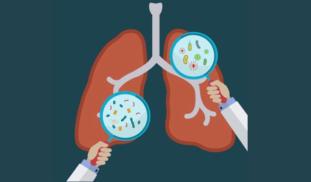Please wait...
About This Project
Benzene is a toxic compound found in air polluted from cigarette smoke, car exhaust, and industry. It is known to be associated with oncogenesis, specifically the development of leukemia and lymphoma. Therefore, we want to engineer the lung microbial community to absorb, degrade, and neutralize benzene along with a potential delivery device for this project. We will be periodically meeting with industry experts to determine our product’s future applications.
More Lab Notes From This Project

Browse Other Projects on Experiment
Related Projects
Highly-sensitive, real-time enzyme methane oxidation rate measurements using an electrochemical assay
A low-cost, rapid, and highly sensitive assay is needed to measure methane gas oxidation rates by methane...
Engineering of a suction cup stethoscope for non-invasive monitoring of physiological sounds in baleen whales
Baleen whales are large-bodied predators that, despite their critical role in marine ecosystems, our understanding...
Building a better fish: Engineering fish for smarter aquaculture
What if we built a better fish instead of depleting wild fisheries? Natural stocks can’t keep up with demand...





